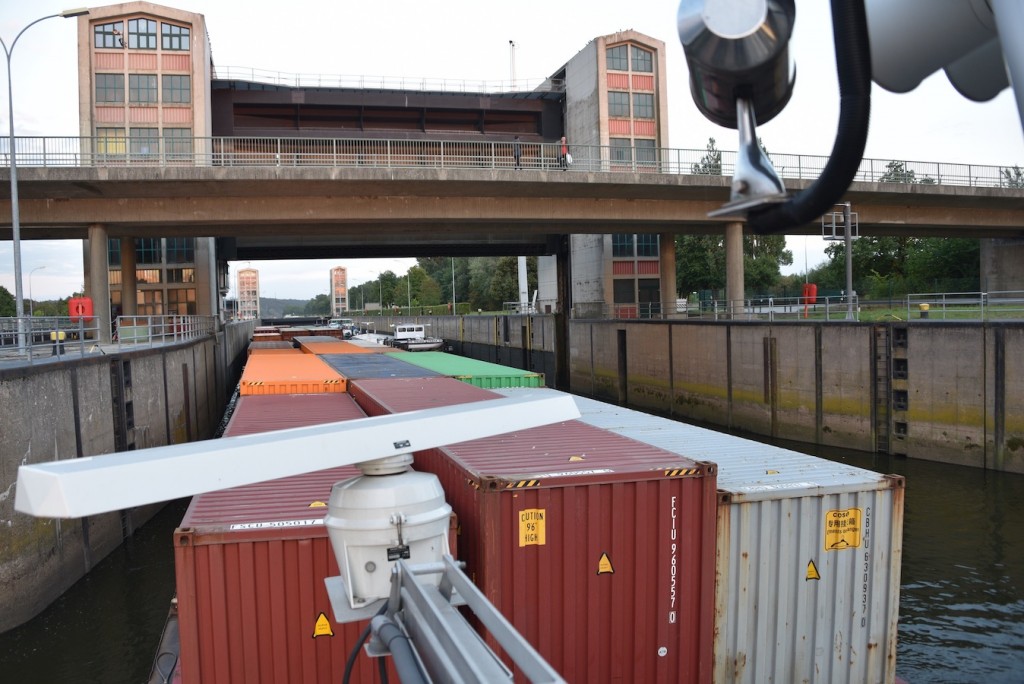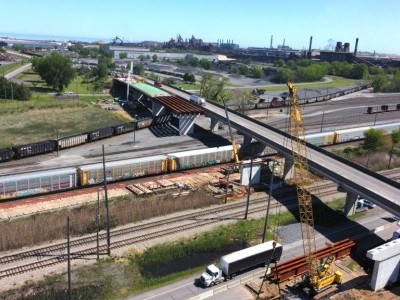Container shipping into the hinterland on a good track
Apr 10, 2020The transport of containers by barge from and to the Port of Hamburg is picking up speed. Contrary to the nationwide result with a decline of 4.1 percent, the Port of Hamburg recorded an increase of 13 percent in container transport by inland waterway vessel with 145,078 TEU in 2019.

This figure does not include the increased intra-port transhipment by barges in the Port of Hamburg. In 2019 that was more than 170,000 TEU. These container transports within the port replaced a total of around 120,000 truck transports and are a good example of a successful modal shift in freight transport in the Hanseatic city.
HVCC also controls barges
In addition to the good development of the cargo handling for the hinterland of the Port of Hamburg, the improved integration of inland navigation into the port processes also played a role in the positive development. The Hamburg Vessel Coordination Center (HVCC) is also increasingly controlling the port rotations of barges in order to better coordinate them with the terminal procedures in Hamburg. The establishment of a barge platform opens further opportunities for coordinated action by all players involved in the port.
“Container transport by barge plays an important role in the modal split of the modes of transport for the port of Hamburg in seaport hinterland traffic and port transhipment. The barge is also of great importance for the transport of particularly heavy and bulky cargo as well as for all types of bulk commodities. The barge can compensate changes in the loading mix very well”, explains Ingo Egloff, Executive Board Member of Port of Hamburg Marketing.
Similar Stories

Port of Prince Rupert moved 23.1M tonnes of cargo in 2024 amid historic expansion phase
View Article
Port of Long Beach’s Cordero hails ‘Green Port’ achievements
View Article
Steering the Ship, Jess Ramirez Sworn In as President of Oxnard Harbor District
View Article
Jeffersonville port delivers record road salt shipments to Greater Louisville area during recent winter storms
View ArticleNC Ports Notice: Holiday Schedule Notice Martin Luther King Jr. Day
The Port of Wilmington Container Gate (South Gate) and the Charlotte Inland Port (CIP) will operate on a reduced schedule on Monday, January 20: 8 AM-12 PM and 1 PM-5…
View Article
Port of San Diego accepts $5 million grant from the San Diego County Air Pollution Control District for clean air project
View ArticleGet the most up-to-date trending news!
SubscribeIndustry updates and weekly newsletter direct to your inbox!





